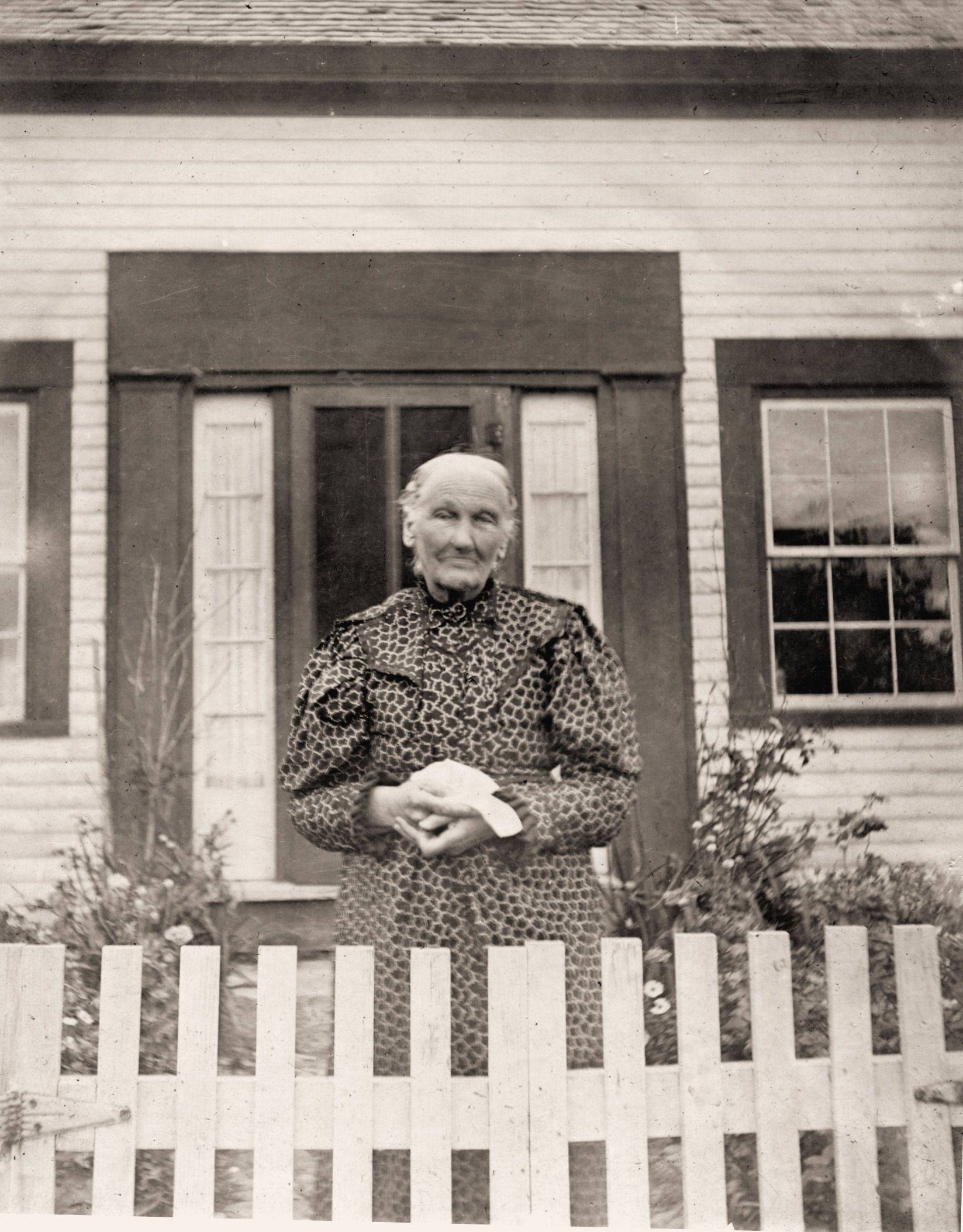Some information may be outdated.
Throughout Women’s History Month, the Moab Museum is digging into our collection to highlight stories of women, women’s movements, and the individuals who helped build the economy and community in what became the city of Moab.
This week, museum staff turns our focus to Jane G.H. Wilson, also known as ‘Grandma Wilson,’ the woman credited with bringing the peach industry to the Moab Valley.
Jane Gertrude Howard became a Wilson when she married Alfred Gideon Wilson, who served as a soldier in the Mexican-American War, was a member of the Church of Latter-Day Saints, and who worked as a miner at Sutter’s Mill—the mill in central California that kicked off the state’s gold rush. Jane met Alfred when she worked as a maid during her travels from Missouri to California; the two married in 1848. They had their first three children while living in San Bernardino, California.

Sometime thereafter, Jane and Alfred made the journey back east towards Utah, responding to a general call by Brigham Young to settle cities throughout the state. Between 1858 and 1878, Alfred and Jane moved around Utah, settling in various new communities including Parowan, Tooele, Grantsville, Panguitch, Cedar City, Red Creek, Richfield, Spanish Fork, and Adamsville.
In the spring of 1878, Alfred and four of his brothers settled in the small town that became known as Castle Valley, where they built a one-room schoolhouse. Later that year, the family moved to the Moab Valley; in their travels, there’s evidence they encountered William Grandstaff and a man by the name of Frenchie (you can read up on the histories of Grandstaff and Frenchie on the Moab Museum’s website).
According to “The History of Alfred Gideon Wilson and his Family,” compiled by Arnold S. Grudvig Jr., Jane made her own contributions to Moab “that exceeded bearing her eleven children”: she started a number of peach orchards.
“As she left ‘civilization’ to cross the plains, she couldn’t take her china and furniture. She traded them for a bushel of peaches. As the peaches were eaten, she saved some of the pits, tying them into the corner of her apron. When she settled in Moab, those pits became the start of the peach orchards that once dotted the valley. She had already done the same in the other towns she and Gideon settled,” the book details.
By 1910, Moab was producing some of the biggest and best fruit in the West. One of Jane’s original peach trees bore fruit as late as 1939. According to “The History of Grand County,” (1996) written by Richard Firmage, Moab’s stone fruit boom was so abundant that growers sent loads of apples and pears as far as England.
Today, there are still orchards and many peach, apricot, and other fruit trees scattered throughout the valley—though since the 1900s boom, many were removed as the valley was developed. Those that remain prove the lasting legacy of Grandma Wilson.
The Moab Museum is dedicated to sharing stories of the natural and human history of the Moab area. This is part of a series highlighting photographs and stories of downtown Moab over time. To explore more of Moab’s stories and artifacts, find out about upcoming programs, and become a Member, visit www.moabmuseum.org.
Appreciate the coverage? Help keep local news alive.
Chip in to support the Moab Sun News.





